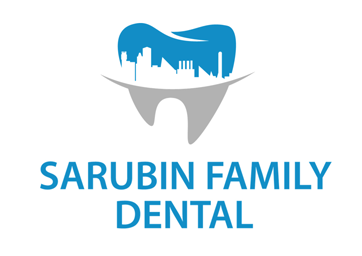Pie, ice cream, sodas, and cake are some of the foods that come to mind when we think about the sugar we get in our diet. But many foods we may not think of as sweet also contain sugars, often hidden behind unclear and complicated labeling. Unfortunately, no matter under what name they hide, these sugars have the same negative effect on our oral health as those found in any candy bar.
The harmful bacteria in our mouths love sugar, no matter what it’s called, and whether we are aware we’re eating it or not.
Finding Hidden Sugars
With sugars in foods hiding behind do many different names, it may be difficult to find them. Here are some of their disguises:
Syrup: Syrup is one of the code words for sugar. Look for ingredients such as corn syrup, maple syrup, rice syrup, and high fructose corn syrup.
Words ending in -ose: The suffix -ose is used in biochemistry to form the names of sugars. In Latin this suffix means “full of”, “abounding in”, or “like”. Sucrose, dextrose, glucose, maltose, fructose, and lactose are all scientific names for different types of sugar.
Molasses: Molasses is a thicker, and some would say healthier, form of sugar.
Sugar Replacements: Honey, evaporated cane juice, fruit juices, and agave nectar are some of the replacements used for sugar. Although these may be healthier for you in general, the sugar they contain isn’t any better for your teeth.
Sugar: Sugar is sugar whether hiding in plain site as brown sugar, malt sugar, cane sugar, beet sugar, or coconut sugar.
These are the most common labels given to the sugars hidden in the foods we buy, but there are others. If you see a label noting “added sugars” you know for sure there is some other form of sugar tucked away in that product.
Prevalence of Sugars in the Foods We Eat
Unfortunately, sugars can be found in many common foods we either consider healthy, or at least not a source of sugar. Most cereal products, such a Raisin Bran and Cheerios can be found to contain sugar. Flavored yogurt, catsup, barbecue sauce, many types of bread, and even granola will be found to contain sugar.
Never assume a product is free of sugars. Read the label.
Recommended Daily Sugar
Eliminating sugar from your diet is an all but impossible task. However, your teeth and the rest of your body will be happier, healthier, and stronger if you can minimize your sugar intake.
The American Heart Association recommends no more than 6 teaspoons (25 grams) of sugar a day for women and no more than 9 teaspoons (36 grams) per day for men.
It may be difficult to get your sugar consumption down that low, but the good news is the less sugar you eat, the less you will crave.
Getting Fruit Juice in its Natural Container
Even though bacteria don’t know the difference between a natural sugar and a processed one, there is a difference between the two. For instance, eating a whole piece of fruit is healthier than drinking fruit juice. The fiber in the whole fruit makes us feel full, thus slowing down our consumption of the sugary food. Simply drinking the juice is less filling, thus allowing us to drink more of the sugary beverage and still have room for bacon, eggs, and toast.
Healthy Alternatives
There are a few healthy alternatives to sugar. Sugar-free sweeteners like Stevia, xylitol, and erythritol can add that taste of sweetness without the negative effects of sugar.
Low sugar alternatives like bananas, fates, figs, applesauce can also do wonders to satisfy a sweet tooth. Even though they still contain sugar, they’re far better than the straight sugar and disguised sugar alternatives.
Checking Up on Those Teeth
Luckily, cutting down on sugar isn’t the only way to keep your teeth strong and healthy. Flossing after meals and brushing twice a day both do wonders for maintaining dental health. And don’t forget to come in for your 6-month check-ups and dental cleanings.
If it’s been more than 6 months since your last visit, give us a call and schedule an appointment.
We always enjoy seeing our patients… some of the sweetest people in the world.
